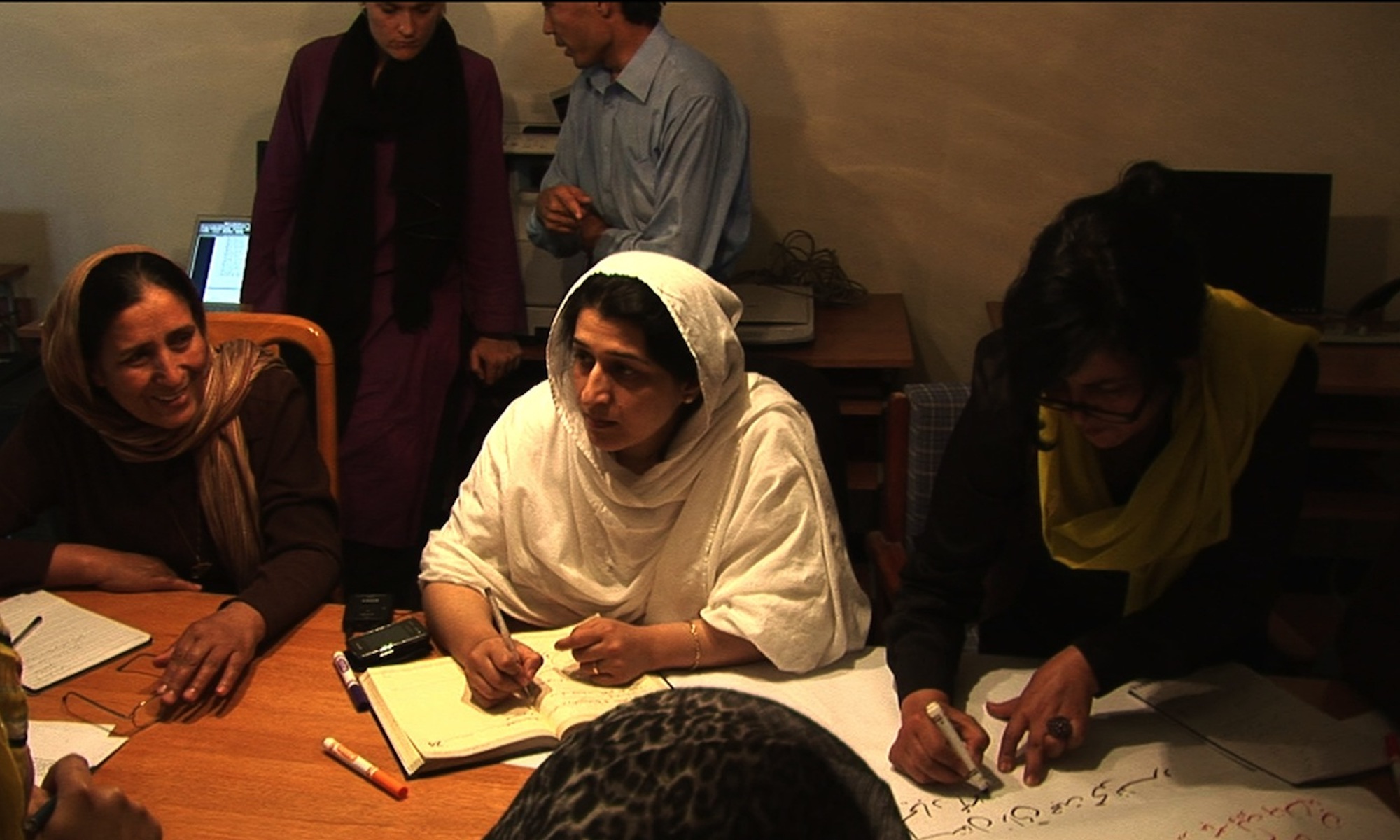The United States has consistently failed to deal with the breakdown in public order that invariably confronts peace and stability operations in internal conflicts. Analysis of experience in Panama, Somalia, Haiti, the Balkans and Iraq demonstrates that indigenous police forces are typically incapable of providing law and order in the immediate aftermath of conflict, and so international forces must fill the gap – a task the US military has been unwilling and unprepared to assume. After 20 years of lessons learned (and not learned), this article argues that the United States must develop a civilian ‘stability force’ of constabulary and police personnel deployable at the outset of on operation to restore public order and lay the foundations for the rule of law.
Establishing Law and Order After Conflict
This study contains the results of research on reconstructing internal security institutions during nation-building missions. It analyzes the activities of the United States and other countries in building viable police, internal security forces, and justice structures. This study examines in detail the reconstruction efforts in Iraq, Afghanistan, and Kosovo, three of the most important instances in the post-Cold War era in which the United States and its allies have attempted to reconstruct security institutions. It then compares these cases with six others in the post-Cold War era: Panama, El Salvador, Somalia, Haiti, Bosnia, and East Timor. Finally, the study draws conclusions from the case studies and analysis, and derives recommendations to help the United States and other international actors improve their performance in the delivery of post-conflict security. The results should be of interest to a broad audience of policymakers and academics concerned with the successes and shortcomings of past security efforts. Although the study is not intended to be a detailed analysis of U.S. or allied military doctrine regarding stability operations, we believe it provides a useful set of guidelines and recommendations for a wide range of military, civilian, and other practitioners.
